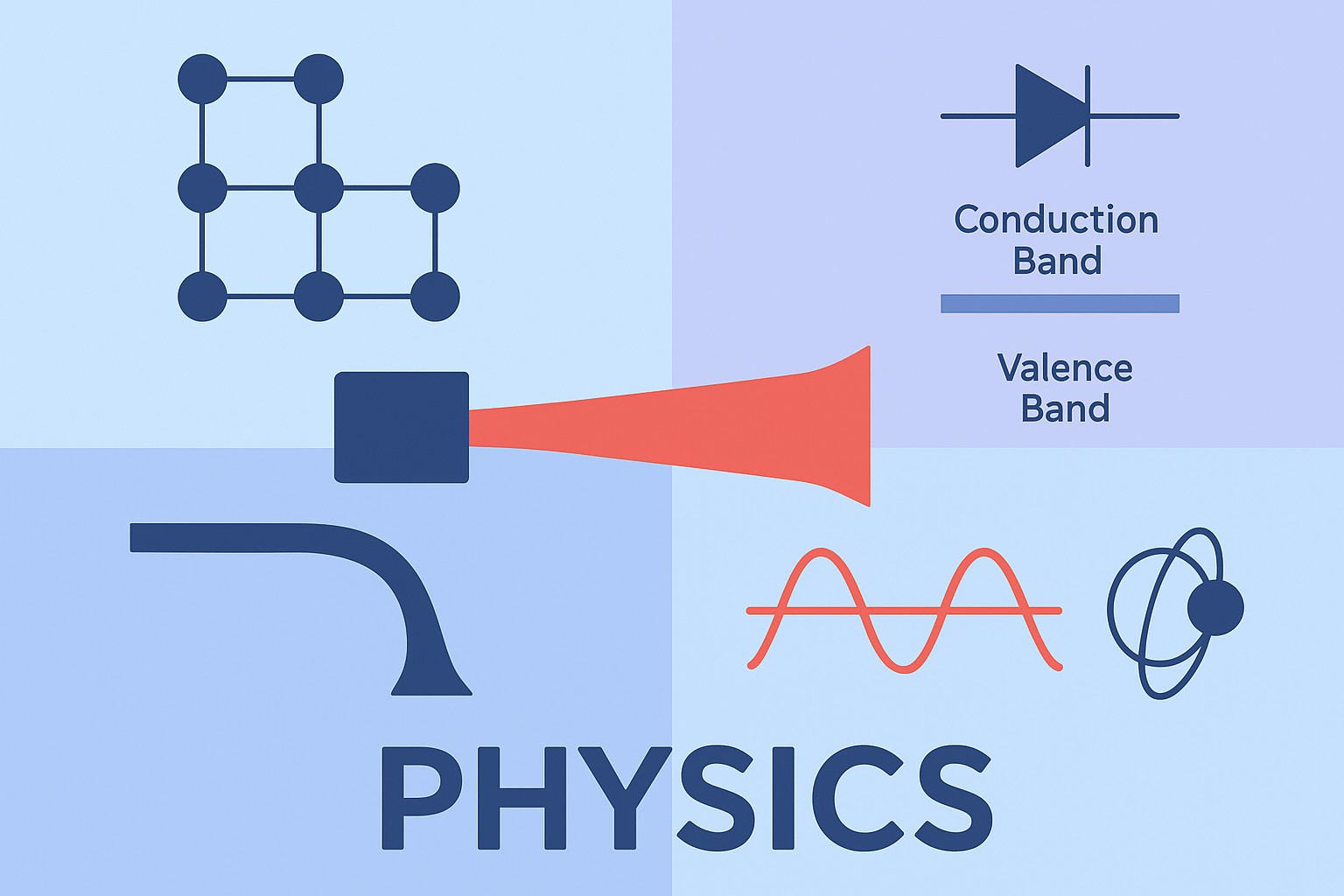Course Description for SPHB1104 – Physics
This course introduces engineering students to the fundamental principles of applied physics necessary for understanding materials, devices, and modern technologies. The curriculum covers:
-
Properties of Matter: Elasticity, stress–strain relations, bending of beams, and torsional oscillations.
-
Crystal Physics: Crystal systems, Bravais lattices, Miller indices, packing factors, and crystal growth techniques.
-
Semiconductors & Magnetism: Band theory, p–n junction devices, breakdown mechanisms, and classification of magnetic materials.
-
Quantum Mechanics: Wave–particle duality, Schrödinger’s equation, uncertainty principle, and applications like tunneling and STM.
-
Lasers & Applications: Principles of laser action, diode lasers, quantum cascade lasers, and applications in engineering and medicine.
The associated Physics Laboratory enables hands-on experience in optics, semiconductors, elasticity, fiber optics, and modern physics experiments. Students will gain skills in measurement, data analysis, and application of physical principles to engineering systems.
Learning Outcomes:
By the end of this course, students will be able to:
-
Analyze the elastic properties of solids and determine material constants experimentally.
-
Interpret crystal structures, planes, and defects.
-
Explain semiconductor physics and magnetic materials with device-level applications.
-
Solve fundamental quantum mechanics problems and apply concepts to nanoscale systems.
-
Understand laser principles and evaluate their engineering/medical applications.

- Teacher: Anita Lett J
- Teacher: Murugesan S
